|
Nalanda Foundation used to spearhead the CSR activities of the IL&FS group of companies. I had the opportunity to see the idea of sustainable development in action during my brief association with Nalanda. My work involved occasional visits to project sites to get a first-hand feel for all my writing. Beyond the official, my notes and camera would also capture whatever caught my interest. I would share these “Thotshots” (personal thoughts and random shots) with the team after every trip. Here are some thotshots from my visit to Jodhpur in October 2017. 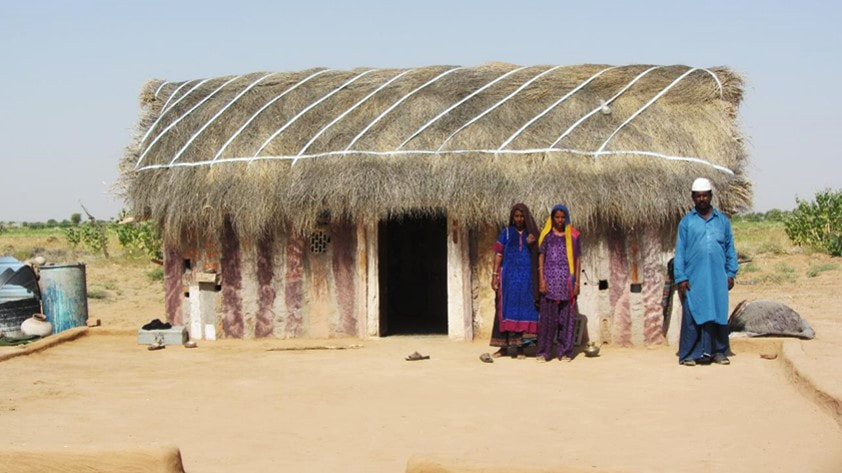 This was one of the few families who were resettled to accommodate the solar project. It was a task to get the wife to come out and be photographed. It was even tougher to get father, mother, and daughter to stand relatively close to one another. A wise soul whispered in my ear: “They consider it bad luck to be photographed.” Please take note, selfie-crazy world! 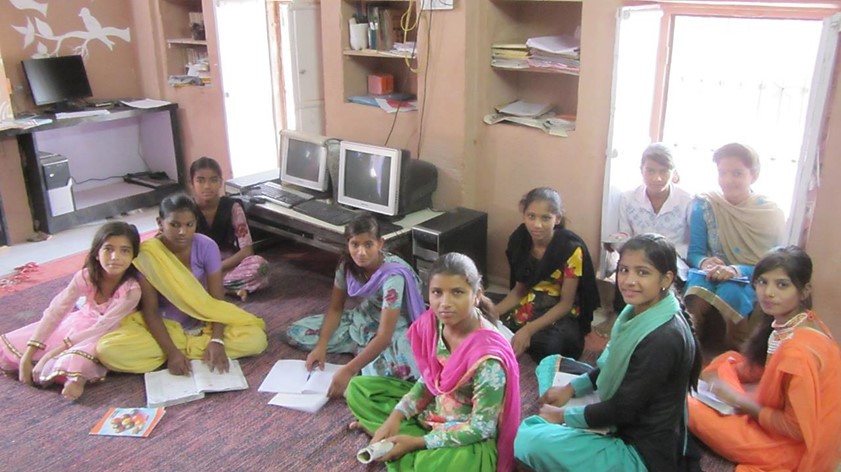 It is not unusual to find both mother and daughter(s) in the same class here. Most of them were married off when they were still children and became mothers before they could understand what marriage was all about. The project helped them resume education and regain confidence. Education apart, they were here for love and for togetherness without any discrimination.
0 Comments
I am a carrom board. Just a piece of wood. Happy to help. They enjoy playing on me, whenever they can, wherever they can—in the corridor, on the lawn or in a room. When they are all around me, playing or encouraging the players, you can’t tell the patients from the family. Of course, if you were around the day I was on the tray table and you found them applauding every feeble strike that just managed to touch a coin, you would have known that they were trying to cheer up the once-brilliant high-school teacher on the bed, who was depressed because now she could not even manage to teach her 10-year old son. Otherwise, who is patient, whose patient, who is family, whose family—these are all irrelevant questions. One of my players once described me more philosophically. We are all helpless coins, she said. Every pocket is a state of mind: joy, anger, sorrow, and acceptance. The striker is not in your control, and no one knows where you will land next. I don’t understand all that. I am a piece of wood, just a game that may help you forget tomorrow and live today. I am just happy to help. Originally written some years ago for the Cipla Palliative Care and Training Centre, Pune.
Does your cure end with your surgery, dressing your wound or restarting your heart? Or is that just the beginning of your recovery? Guess what, they don’t teach recovery and convalescence in medical school. “Many of my tutors seemed to assume that once a crisis of illness has passed, the body and mind find ways to heal themselves,” Dr Gavin Francis, the author of Recovery: The Lost Art of Convalescence recently wrote in The Guardian. “But nearly 20 years as a GP has shown me time and again that the reverse is true: guidance and encouragement through the process of recovery can be indispensable.” Dr Mazda Turel, a neurosurgeon, agrees. “We are not taught this in medical school,” he says. “But if you are attuned enough as a student while you sit in the clinic or OPD with your mentor you can learn it from your teachers in the way they respond to a patient’s needs in the recovery phase, from their ability to patiently answer umpteen questions (most of them repetitive). Eventually you imbibe care and concern, and that’s enough.” Dr E K Ramanandan, a senior ayurveda physician too thinks most doctors pick up on their own how to help a patient through recovery. Dr Nagesh Simha, Medical Director at Karunashraya, considers helping the patient and family through recovery a matter of compassion. “Yes, the doctor’s personal values matter. However, I believe compassion is something that can and ought to be taught.” Recovery matters in an infected worldAs new strains of coronavirus continue to give us all a physical and emotional pounding, the concepts of recovery and convalescence require deeper contemplation. Convalescence is anything but passive. It’s an action that needs us “to be present, to engage, to give of ourselves.” Anyone who has been through the viral infection is aware of the fatigue that follows. Physiotherapists encourage those in post-viral recovery to push the limits of physical effort. Else, “sufferers can become trapped in a cycle of effort followed by collapse,” with each collapse requiring lesser effort. Recovery must act in concert with natural processes. Florence Nightingale believed that “nature alone cures.” She said what nursing had to do was to “put the patient in the best condition for nature to act upon him.” Nature's healing touch apart, people recover more quickly if they think their physician is sympathetic and there for them. Dr Simha remembers the time he was recovering after a major surgery. “There I was, flat on the bed and everyone would be looking down upon me. Except for one doctor who always made it a point to sit so that he could have a conversation at my level. That made a big difference.” “Every illness is unique,” Dr Francis points out. It follows every recovery is unique too. There is no easy solution or a formula. “It’s a landscape we all have to visit sooner or later. From time to time, we all need to learn the art of convalescence.” Thou shall not abandonAETCOM, a manual on attitude, ethics and communication published by the Medical Council of India for the Indian medical graduate, cites a case study. It is a letter to the oncologist from the husband of a patient who succumbed to breast cancer. Here is the gist. “As you may recall, Alka was diagnosed with breast cancer 5 years ago. We rushed to you knowing your reputation as a talented oncologist and we were not disappointed. Your aggressive approach to the disease made all the difference. Alka beat the disease and she lived disease-free for 2 years. We were very happy and still are very grateful to you. “Then the disease came back with a vengeance. Even at this time you did not give up hope and took on the disease like a warrior but then there came a time that it was clear that the disease had won. We were devastated. “Alka looked up to you as a doctor to provide her with support, but it looked like that you were unable to confront the failure. While you did prescribe pain medications and your office helped us find a home nurse, you were reluctant to meet Alka or talk to her. When we called for appointments, your office would tell us to contact our family doctor for pain medications. “When we did get to see you, you would not even look at Alka’s eyes. You would distractedly talk to her, refill her pain medications and dismiss us quickly. It was as if we were seeing a different doctor than the one we had seen when all was well. And when Alka was admitted to the hospital where she breathed her last you would not even come and see her. “We made so many requests for you to come and visit with her. I even called and told you that it would mean so much for her to see you before she departs but you did not. Would it have been too much for you to come and hold her hand for a minute or say a kind word? “We come to you not with the expectation that a cure is always possible but always with the expectation that you will support us in coping with the disease and the tremendous effects it has on our lives. We don't always expect you to succeed but we always expect you to show us care and compassion. You abandoned Alka and us at the time we needed you most. You, sir, abandoned us when we were most vulnerable.” |
AuthorVijayakumar Kotteri Categories
All
Archives
July 2024
|

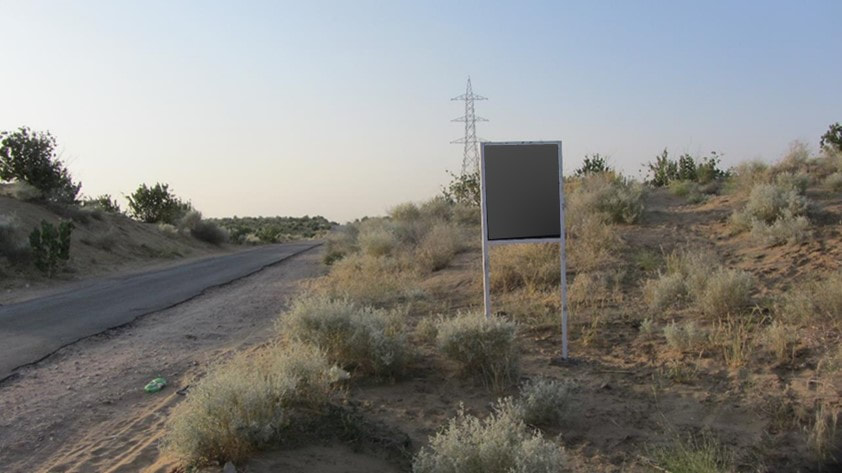
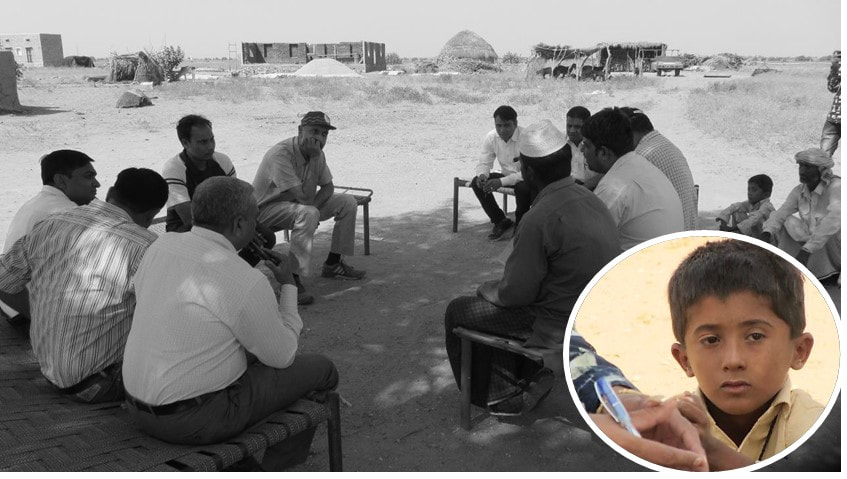

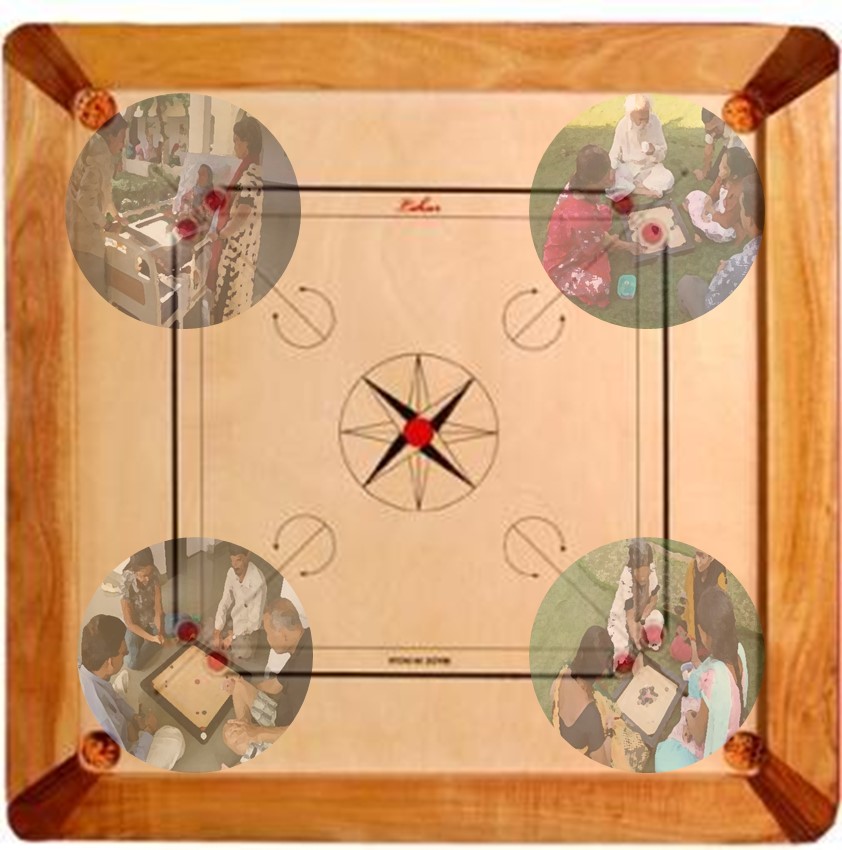

 RSS Feed
RSS Feed

